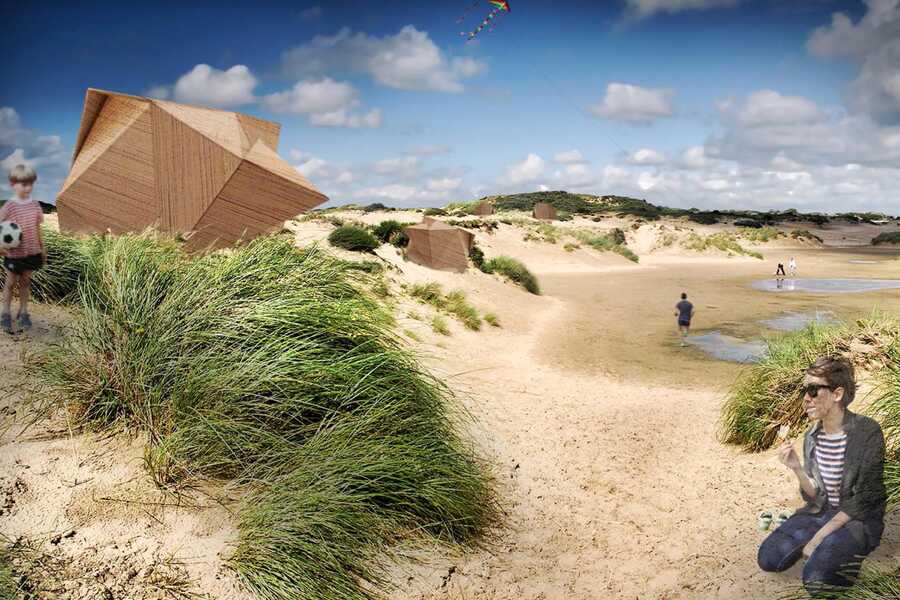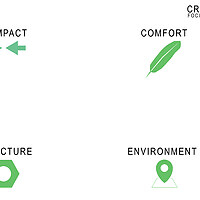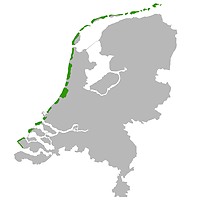In Fredericks design, the most important principle is to design a solution that has the least possible impact on the surrounding dunes. Since the footprint of the design should be minimized, Frederick poses a design for a small temporary beach house. In this design four elements are key:
1. Compact
2. Surroundings
3. Demountable
4. Comfort
First of all, the dwelling should be as small as possible, one room will be designed in which a maximum of multifunctional elements make up the space. By expanding and folding, the room will be converted into whatever function needed. One element could function as both a bed, a couch, a wall or a kitchen. Since all needed functional elements are incorporated into the design, comfort for the user of the space is ensured.
The building should not only be small, but also demountable. At the end of the tourist-season the beach-house should be easily folded, dismantled, transported and stored. Since the dunes have a very fragile eco-system the design strives for as small an environmental footprint as possible. The dune-living space therefore is constructed off the grid. It should provide for its own energy and should therefore strive for full autarky. This prevents the construction of pipelines, sewage and power lines to this location.
The Texel community not only wants to improve its self-sufficiency but also strives for growth in the tourist sector. Both ambitions are difficult to reconcile. This design by Frederick would be a possible solution to house these tourists in a most sustainable way possible. The proposed minimal footprint would fit into both the self-sufficiency-ambition as the energy-neutrality ambition. Also, these beach houses would be a perfect pilot that could generate more publicity. Also, they could be used by Texel as a marketing tool to show they use innovative projects to achieve their ambitions.




